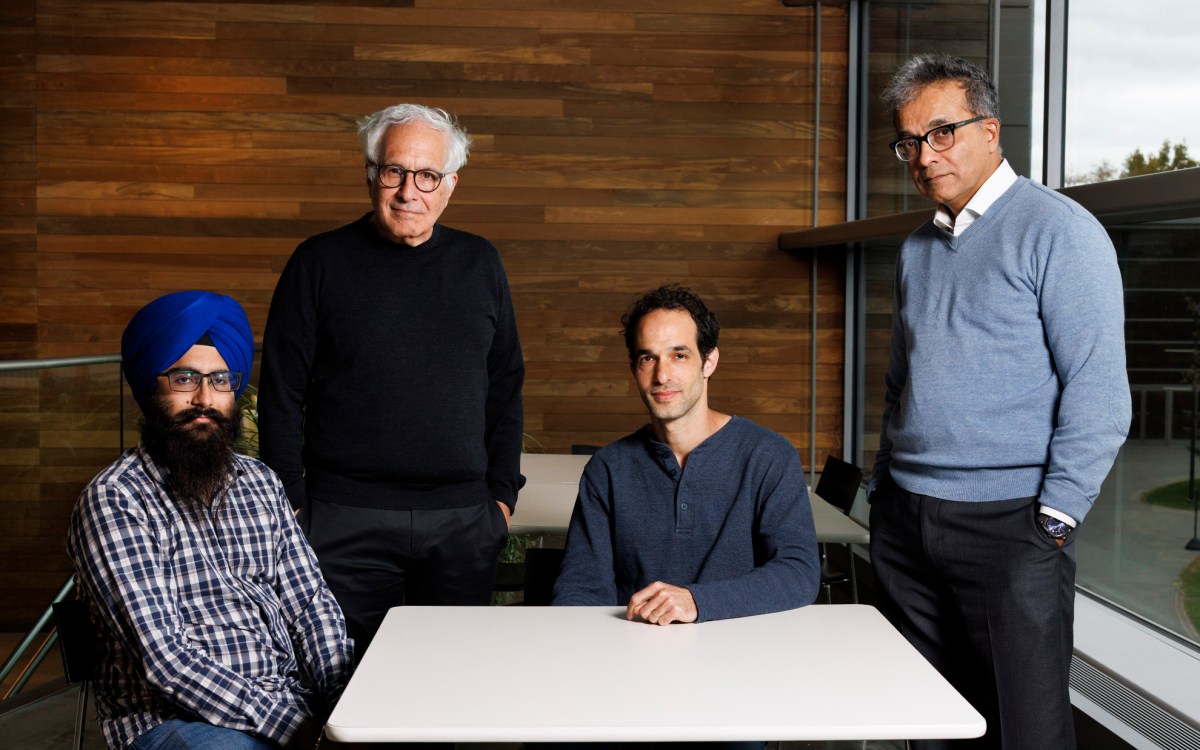New 3-D mammography system may improve breast imaging
Digital tomosynthesis may better identify malignant lesions
Researcher Elizabeth Rafferty of the Massachusetts General Hospital Breast Imaging Service described initial results of a study comparing a new technique, called digital tomosynthesis, to standard mammography. Among the new technique’s advantages is a significant reduction in false positive test results. “The overlap of breast structures presents a major challenge for radiologists, both because these tissues can hide cancers and because they produce shadows which mimic a lesion on conventional mammography,” Rafferty says. “These false positive studies account for almost 25 percent of the instances when women are recalled for additional imaging from their screening mammograms. By eliminating this structure overlap, tomosynthesis prevents virtually all of these unnecessary callbacks, along with the anxiety they create.” Tomosynthesis differs from standard mammography in the way a CT scan differs from a standard X-ray procedure. In tomosynthesis, the X-ray tube moves in a 50-degree arc around the breast while 11 low-dose images are taken during a 7-second examination. A computer then assembles the information to provide high-resolution cross-section and three-dimensional images that can be reviewed by the radiologist at a computer workstation.





